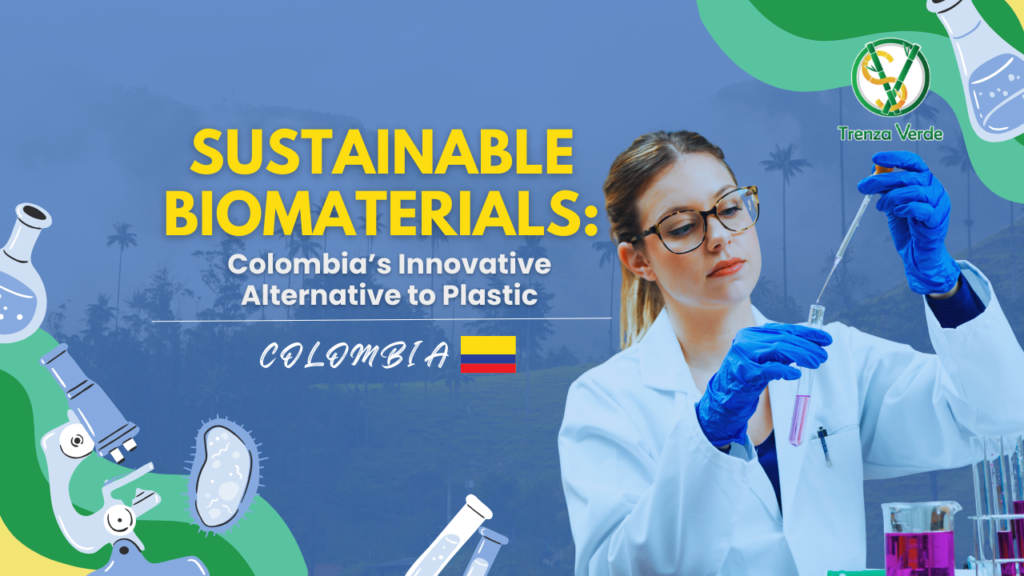In Latin America, universities are becoming living laboratories for sustainable solutions. From these creative hubs, researchers and students are exploring natural fibers and resources to transform them into innovative materials that can help reduce our dependence on plastic—one of the biggest environmental headaches of our time.
Today, we want to shine a light on an inspiring story: Jorge Tadeo Lozano University in Colombia. Thanks to its Industrial Design research group, this institution is making remarkable progress, with ideas already finding potential applications across multiple industries.
One of their most outstanding projects began with an unusual source: corn waste. By turning this agricultural byproduct into a new material, the students went on to win the prestigious Lápiz de Acero Award—Colombia’s annual recognition for the most impactful projects in design, architecture, advertising, and urban planning. Their win was impressive: they took home top honors in both the “Materials” category and “Project of the Year.”
But their achievement isn’t just about creativity—it’s also about environmental impact. Normally, agricultural waste like this is burned, releasing harmful pollutants into the air. By transforming it into a useful, biodegradable resource, the team is tackling a long-standing waste management problem at its root.
So, what can these biopolymers be used for? The possibilities are exciting. They can be turned into resins and flexible materials for the fashion industry—think dresses, accessories, handbags, and totes. They’re also being tested in the automotive world, especially for motorcycle parts, making them lighter, stronger, and more flexible than traditional petroleum-based plastics.
The philosophy behind the project is simple but powerful: in nature, nothing goes to waste, and there’s always more than one way to solve a problem. That’s why, beyond corn, they’re experimenting with natural fibers, eggshells, and even mushrooms—materials that can be adapted to different purposes. Depending on the need, they can be soft and flexible or rigid and compact, each with unique properties.
This research group is on a promising path, already gaining support from national companies that believe in innovation as the driving force of a more sustainable future. And one thing is clear—projects like these don’t just inspire; they prove that real change is possible.
We’ll leave you with the rest of the story, so you can hear it straight from the people who made it happen.
Because there’s nothing quite like listening to the story told by those who brought it to life.

